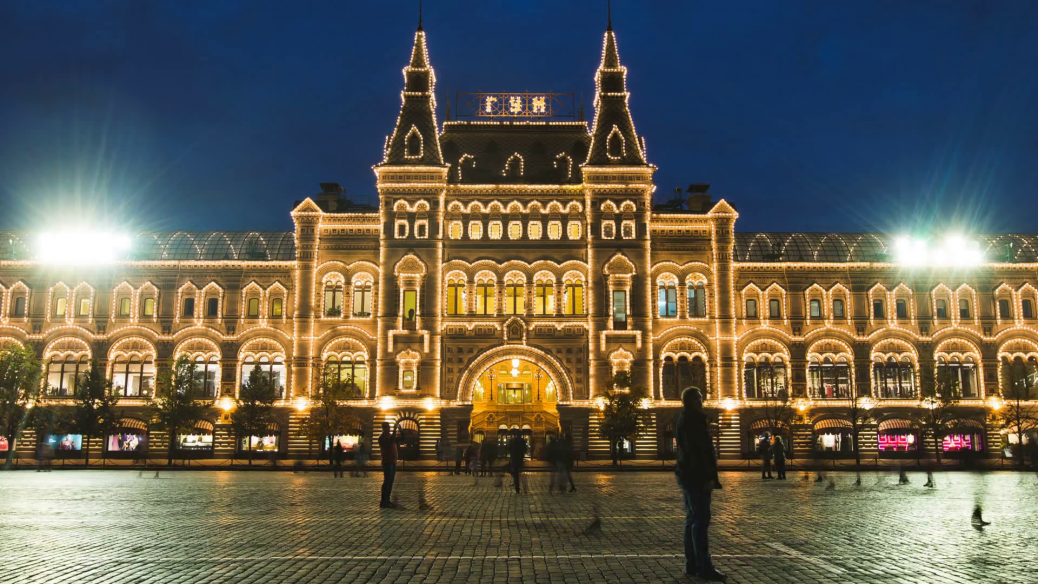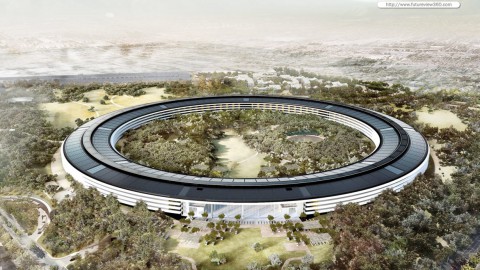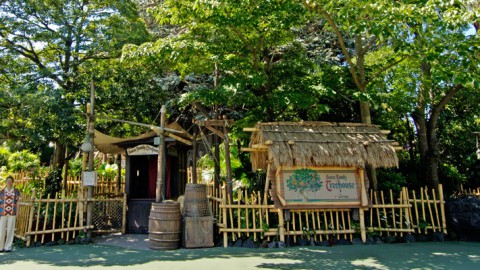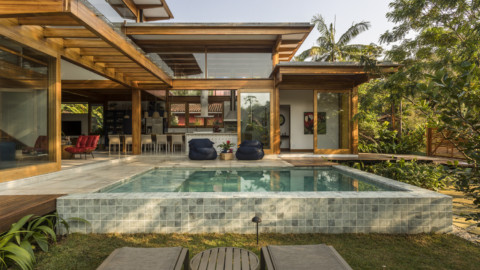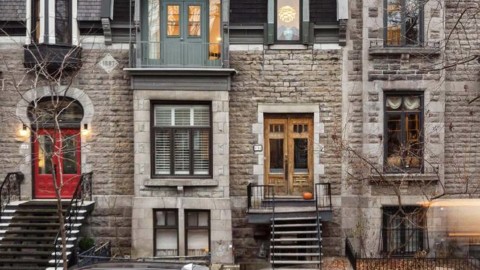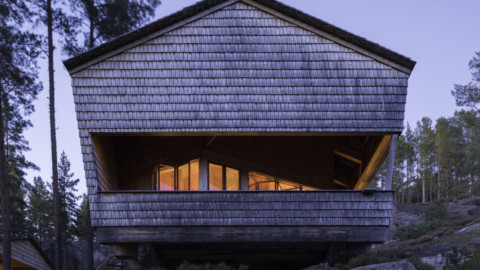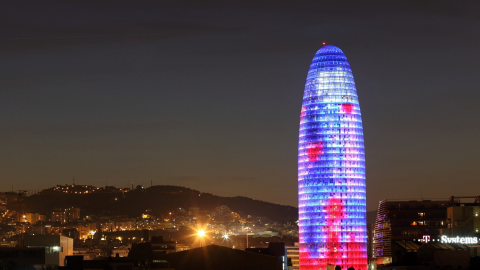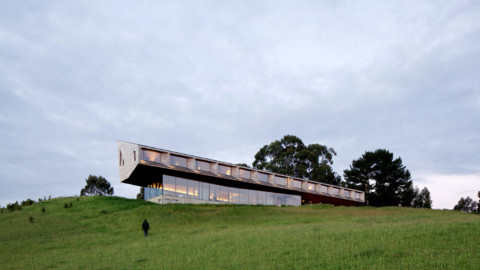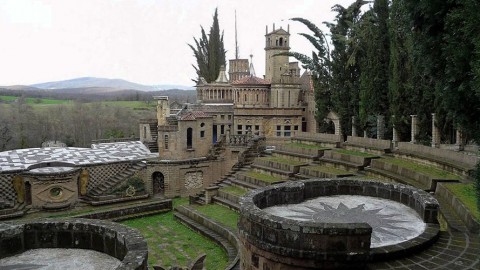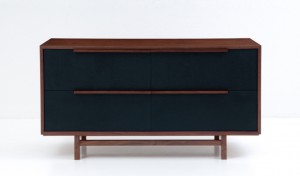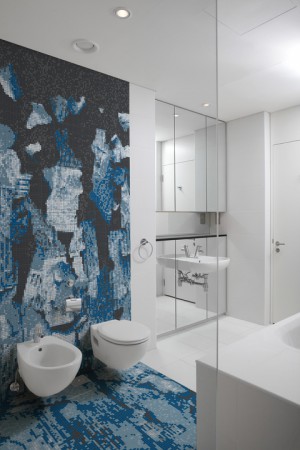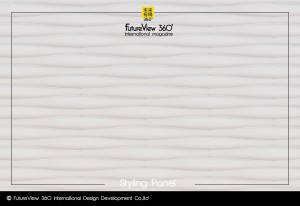GUM (department store)
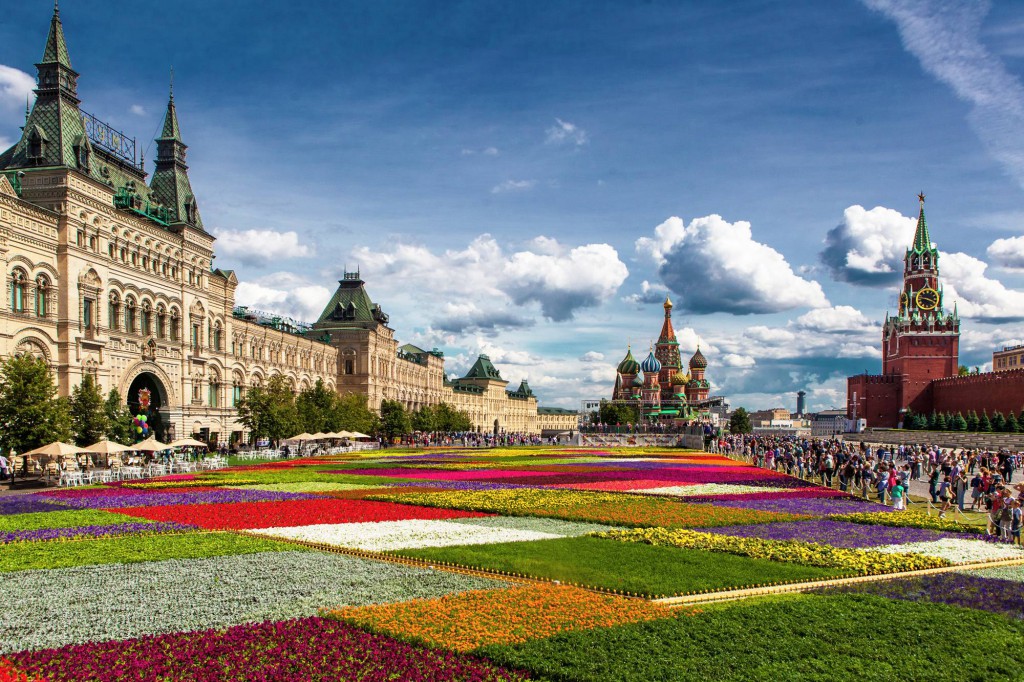
GUM (Russian: ГУМ, pronounced [ˈɡum], an abbreviation of Russian: Главный универсальный магазин, tr. Glávnyj Universáľnyj Magazín, literally “Main Universal Store”) is the main department store in many cities of the former Soviet Union, known as State Department Store (Russian: Государственный универсальный магазин, tr. Gosudárstvennyj Universáľnyj Magazín) during the Soviet era (until 1991). Similarly-named stores operated in some Soviet republics and in post-Soviet states.
The most famous GUM is the large store facing Red Square in the Kitai-gorod area – traditionally a centre of trade in Moscow. As of 2018 the building functions as a shopping mall. Prior to the 1920s the location was known as the Upper Trading Rows (Russian: Верхние торговые ряды, tr. Verhnije torgovye rjady).
口香糖(俄語:ГУМ,發音為[ɡum],俄語的縮寫:Главныйуниверсальныймагазин,tr.GlávnyjUniversáľnyjMagazín,字面意思是“主要的通用商店”)是前蘇聯許多城市的主要百貨商店,被稱為國家 在蘇聯時代(直到1991年),百貨商店(俄語:Государственныйуниверсальныймагазин,tr.GosudárstvennyjUniversáľnyjMagazín)。 同樣命名的商店在一些蘇維埃共和國和後蘇聯國家經營。
最著名的GUM是位於Kitai-gorod地區紅色廣場的大型商店 – 傳統上是莫斯科的貿易中心。 自2018年起,該建築成為一個購物中心。 在20世紀20年代之前,該地點被稱為上交易行(俄語:Верхниеторговыеряды,tr.Verhnije torgovye rjady)。
Design and structure
With the façade extending for 794 ft (242 m) along the eastern side of Red Square, the Upper Trading Rows were built between 1890 and 1893 by Alexander Pomerantsev (responsible for architecture) and Vladimir Shukhov (responsible for engineering). The trapezoidal building features a combination of elements of Russian medieval architecture and a steel framework and glass roof, a similar style to the great 19th-century railway stations of London. William Craft Brumfield described the GUM building as “a tribute both to Shukhov’s design and to the technical proficiency of Russian architecture toward the end of the 19th century”.
The glass-roofed design made the building unique at the time of construction. The roof, the diameter of which is 46 ft (14 m), looks light, but it is a firm construction made of more than 50,000 metal pods (about 819 short tons (743 t)), capable of supporting snowfall accumulation. Illumination is provided by huge arched skylights of iron and glass, each weighing some 820 short tons (740 t) and containing in excess of 20,000 panes of glass. The facade is divided into several horizontal tiers, lined with red Finnish granite, Tarusa marble, and limestone. Each arcade is on three levels, linked by walkways of reinforced concrete.
設計和結構
外立面沿紅色廣場東側延伸794英尺(242米),上交易行由1890年至1893年由Alexander Pomerantsev(負責建築)和Vladimir Shukhov(負責工程)建造。梯形建築融合了俄羅斯中世紀建築元素和鋼框架以及玻璃屋頂,與倫敦19世紀偉大的火車站相似。 William Craft Brumfield將GUM建築描述為“對Shukhov的設計和19世紀末俄羅斯建築的技術熟練程度的致敬”。
玻璃屋頂設計使建築在建造時獨一無二。屋頂直徑為46英尺(14米),看起來很輕,但它是由超過50,000個金屬莢(約819短噸(743噸))製成的堅固結構,能夠支持降雪積累。大型拱形天窗鐵和玻璃提供照明,每個重約820短噸(740噸),含有超過20,000塊玻璃。立面分為幾個水平層,內襯紅色芬蘭花崗岩,Tarusa大理石和石灰石。每個拱廊分為三層,由鋼筋混凝土走道相連。
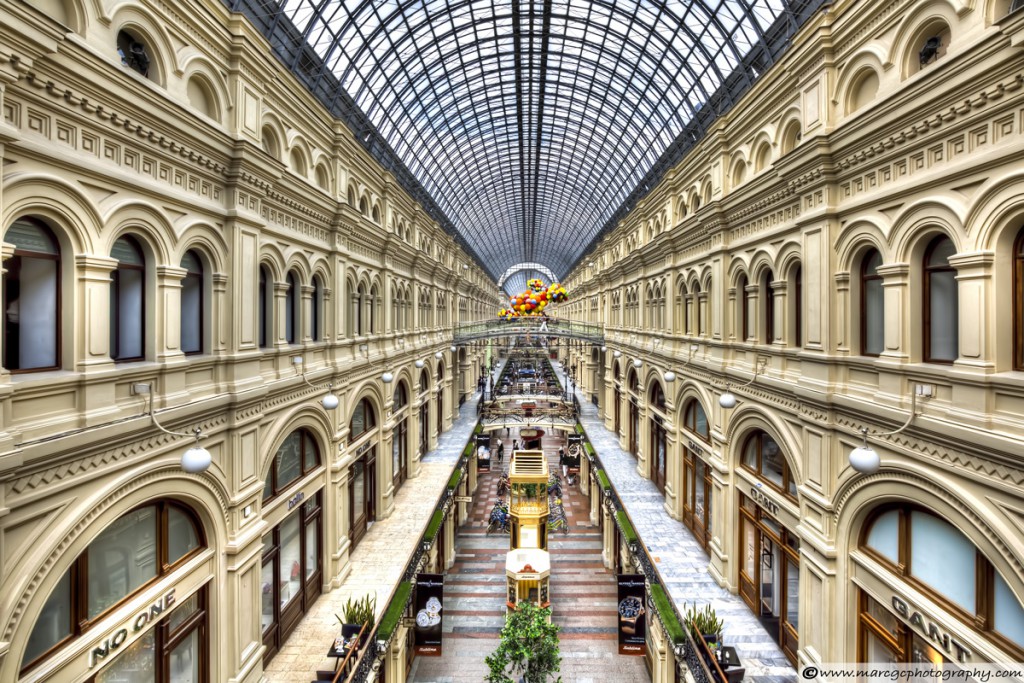
History
Catherine II of Russia commissioned Giacomo Quarenghi, a Neoclassical architect from Italy, to design a huge trade center along the east side of Red Square. However, that building was lost to the 1812 Fire of Moscow and replaced by trading rows designed by Joseph Bove. In turn, the current structure replaced Bove’s
By the time of the Russian Revolution of 1917, the building contained some 1,200 stores. After the Revolution, the GUM was nationalised. During the NEP period (1921–28), GUM as a State Department Store operated as a model retail enterprise for consumers throughout Russia regardless of class, gender, and ethnicity. GUM’s stores were used to further Bolshevik goals of rebuilding private enterprise along socialist lines and “democratizing consumption for workers and peasants nationwide”. In the end, GUM’s efforts to build communism through consumerism were unsuccessful and arguably “only succeeded in alienating consumers from state stores and instituting a culture of complaint and entitlement”.
GUM continued to be used as a department store until Joseph Stalin converted it into office space in 1928 for the committee in charge of his first Five Year Plan. After the suicide of Stalin’s wife Nadezhda in 1932, the GUM was used briefly to display her body.
After reopening as a department store in 1953, the GUM became one of the few stores in the Soviet Union that did not have shortages of consumer goods, and the queues of shoppers were long, often extending entirely across Red Square.
At the end of the Soviet era, GUM was partially, then fully privatized, and it had a number of owners before it ended up being owned by the supermarket company Perekryostok. In May 2005, a 50.25% interest was sold to Bosco di Ciliegi, a Russian luxury-goods distributor and boutique operator. As a private shopping mall, it was renamed in such a fashion that it could maintain its old abbreviation and thus still be called GUM. However, the first word Gosudarstvennyi (‘state’) has been replaced with Glavnyi (‘main’), so that GUM is now an abbreviation for “Main Universal Store”.
歷史
俄羅斯的Catherine II委託意大利新古典主義建築師Giacomo Quarenghi設計了一個位於紅場東側的巨大貿易中心。然而,這座建築物在1812年的莫斯科火災中失敗了,取而代之的是約瑟夫·博夫設計的交易行。反過來,目前的結構取代了Bove的
到1917年俄國革命時期,該建築物包含約1,200家商店。革命後,口香糖被國有化。在NEP期間(1921-28),GUM作為國家百貨商店,作為一個模範零售企業,為整個俄羅斯的消費者提供服務,無論其級別,性別和種族如何。 GUM的商店被用來促進布爾什維克在社會主義路線上重建私營企業的目標,以及“全國工人和農民的消費民主化”。最後,GUM通過消費主義建立共產主義的努力沒有成功,並且可以說“只是成功地將消費者與國營商店疏遠並建立了投訴和權利文化”。
GUM繼續被用作百貨商店,直到約瑟夫斯大林于1928年將其轉變為辦公空間,負責他的第一個五年計劃。在1932年斯大林的妻子Nadezhda自殺後,GUM被短暫地用來展示她的身體。
在1953年作為一家百貨公司重新開業後,GUM成為蘇聯少數幾家沒有消費品短缺的商店之一,購物者的排隊很長,通常完全延伸到紅場。
在蘇聯時代結束時,GUM部分地,然後完全私有化,並且在它最終被超市公司Perekryostok擁有之前它擁有一些所有者。 2005年5月,向俄羅斯奢侈品分銷商和精品運營商Bosco di Ciliegi出售了50.25%的股權。作為一個私人購物中心,它以這樣的方式重新命名,它可以保留其舊的縮寫,因此仍被稱為GUM。然而,第一個單詞Gosudarstvennyi(’state’)已被Glavnyi(’main’)取代,因此GUM現在是“Main Universal Store”的縮寫。
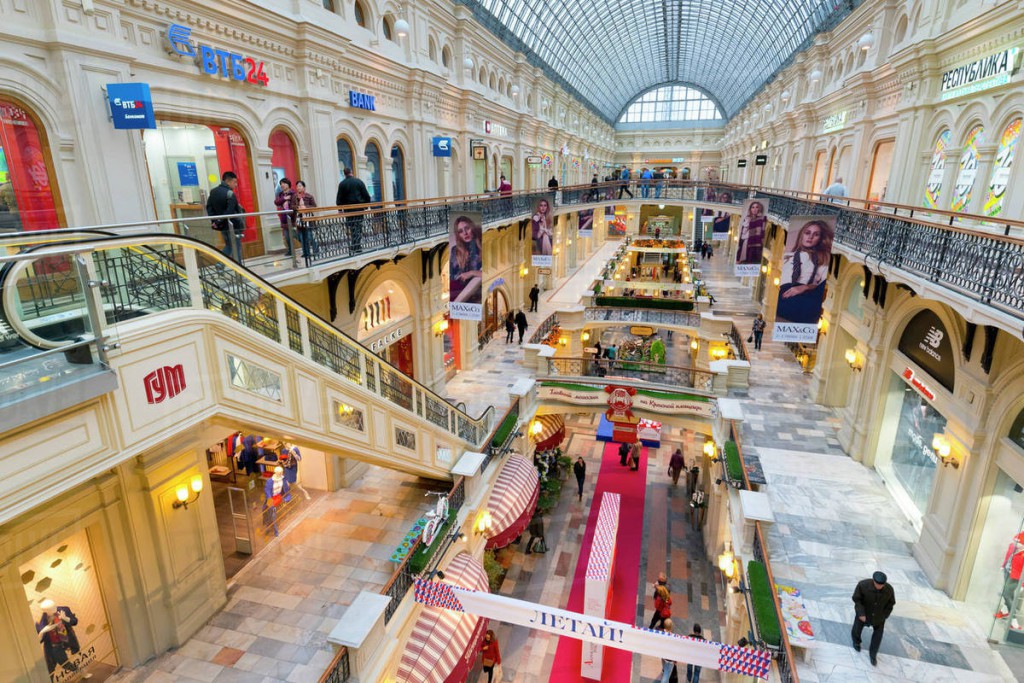
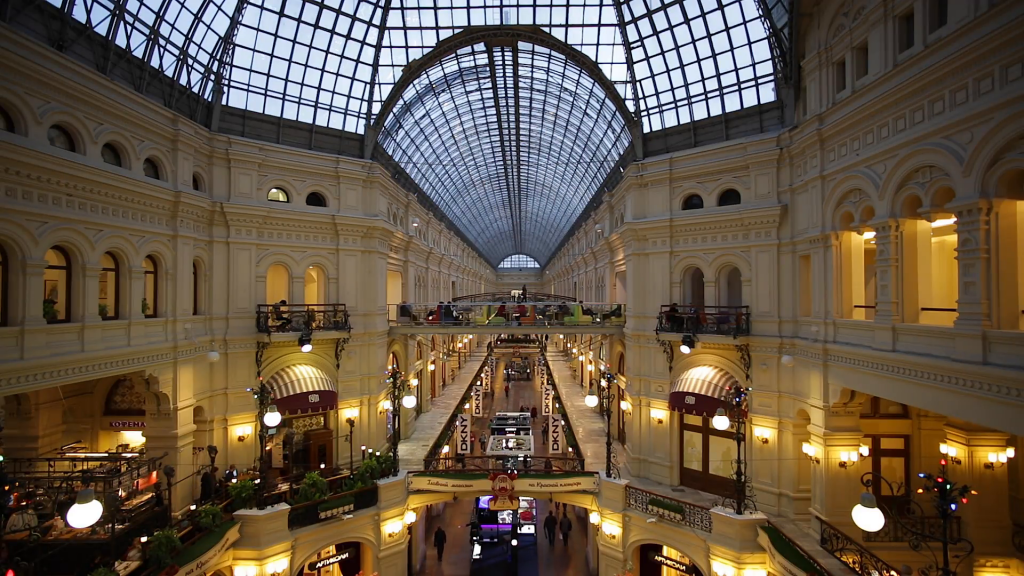
Comparable store
There is a similar historic department store that rivals GUM in size, elegance, and opulent architecture, the sprawling TsUM, just east of the Bolshoi Theatre.
可比較的商店
有一個類似的歷史百貨商店,其規模,優雅和華麗的建築,與莫斯科大劇院以東的龐大TsUM相媲美。
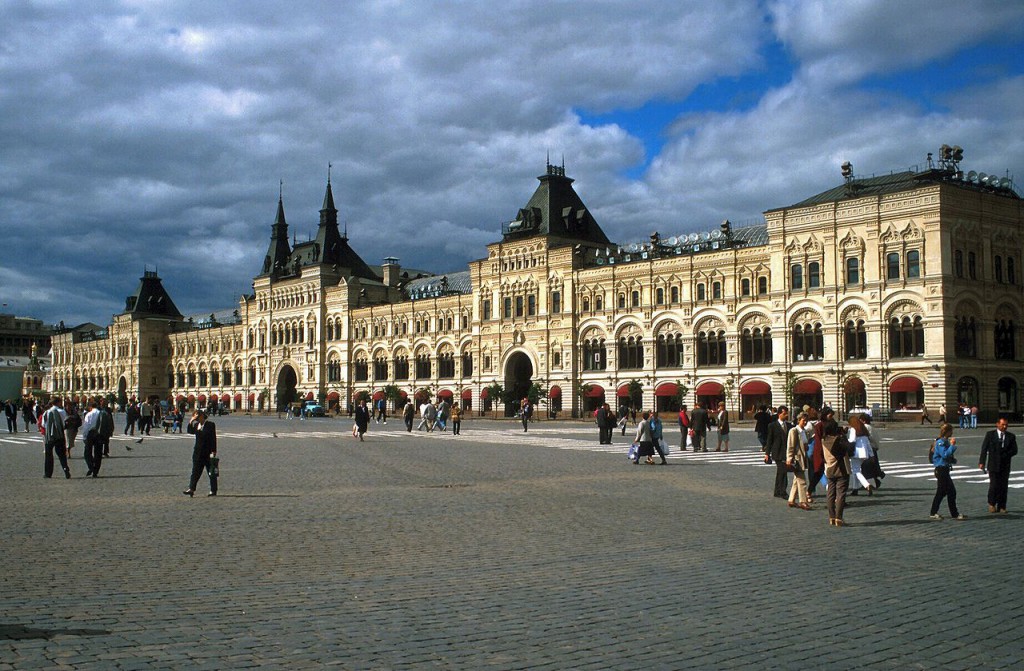
FROM:https://en.wikipedia.org/wiki/GUM_(department_store)
FROM:RUSSIA 2018: Incredibly beautiful GUM STORE in spring flowers
FROM:GUM – ГУМ – The Most Beautiful Department Store in Moscow
FROM:Real Russia. GUM – the main department store in Moscow. Новогодний Москвский ГУМ.
Don’t you think it’s addictive?
Want to know more about the beauty of architecture?
Come and join our members to explore the beauty of architectural design.
覺得看得不過癮嗎?
想要知道更多建築之美嗎?
快來加入我們的會員,一同探索建築設計之美。
The above article is purely for appreciation and sharing purposes, as well as the construction of new technology and the public can be in-depth understanding of the information at the same time there are sources, will be able to query, no use of the document as a commercial transaction, if illegal, please inform the We will immediately remove the site, thank you for cooperation.
以上文章純粹作為欣賞及分享用途,以及將建築新型技術傳遞給與大眾能夠深入了解,同時資料還有來源,將可查詢,絕無使用該文件資料作為商業交易行為,如有違法請務必告知該網站我們將立即處理撤除,謝謝合作。

